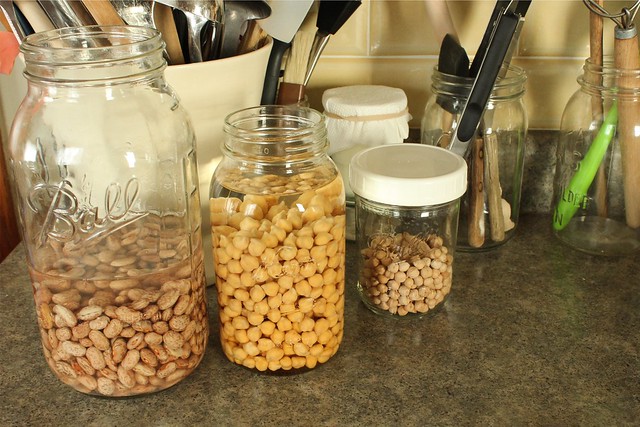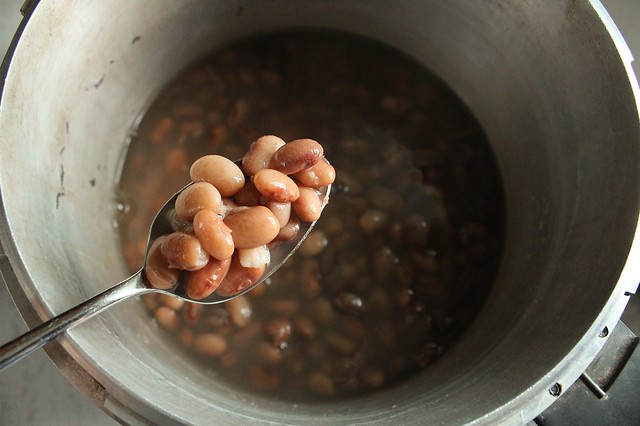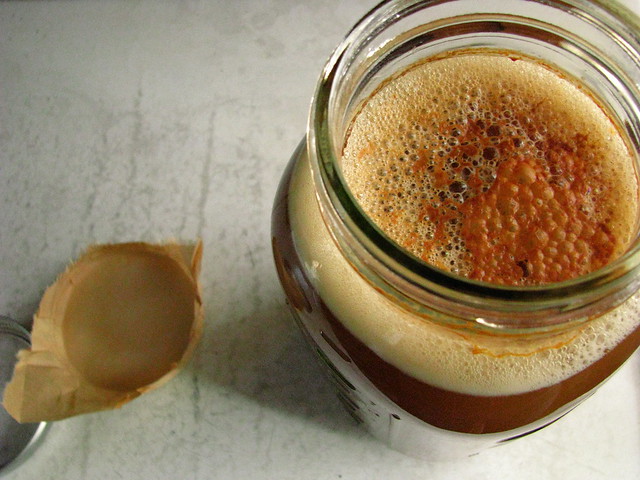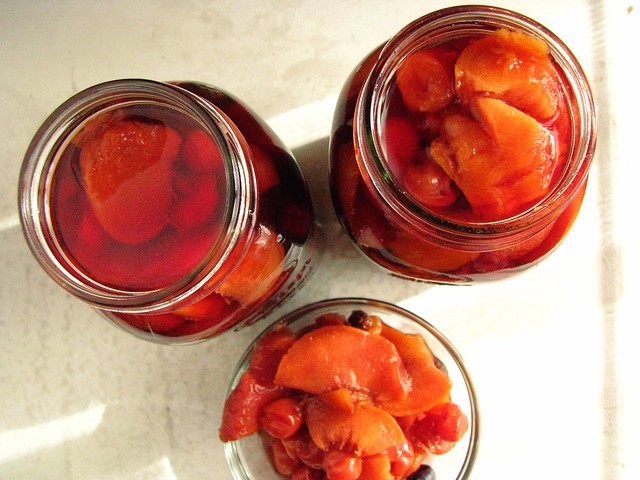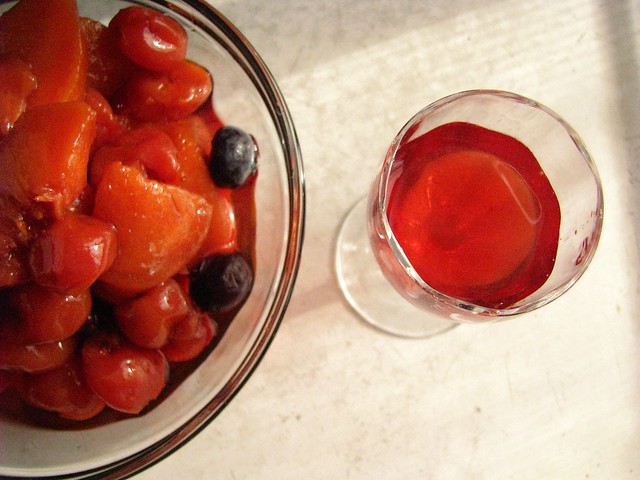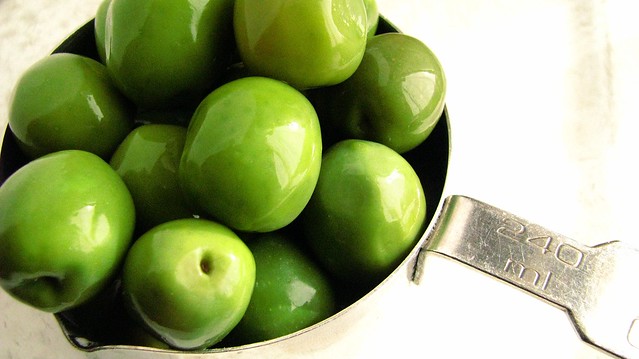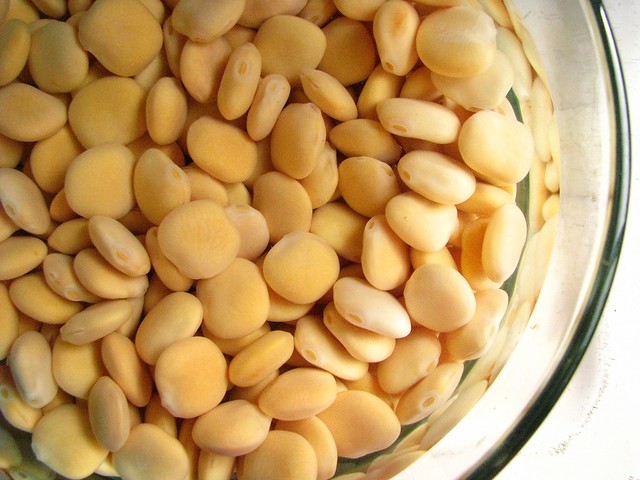It's been a strange the past week here at Casa RCakewalk. My Husband has been sick for almost 2 weeks with an awful mutating cold, (rendering him only fond of eating frozen pizza and tortellini), and I finally succumbed to sickness last Friday. I kept it well hidden until Saturday, when I really started feeling poorly.
Sunday began fine, and after our church-going, Boy-O and I relaxed most of the afternoon on the couch - a rarity especially for me. Then, the poor kid got sick. I think God matches up the perfect child to the parent, since I felt so bad for my little creature, and yet he just was sick and fine with it. He couldn't keep even water down, and yet he just cuddled up to me and looked up at me with his big eyes and said, "I missed you when you were in New York".
Needless to say, I haven't been cooking a whole lot. I haven't been eating a whole lot either since for the past two days I have no sense of taste, which I'm sure has resulted in a loss of a couple of pounds. I'm never usually hung up on weight, and don't feel like I'm an unhealthy weight, but sometimes I feel a little on the "heavy" side this time of year. Daily walking has diminished, and food consumption is higher due to the holidays and warming, comfort foods. But it does frighten me how easily I can lose weight when I'm not trying, and makes me even more thankful that good health usually bestows upon me a couple of extra just for this purpose.
I thought I'd reflect on some of the foods I made just prior to our foodless state, starting with this wheat bread I made just after I got back from the NYC trip:

I still procrastinate ordering my Amazon cart which currently contains: Ration (Ruhlman) after reading so much praise for it, The Breakfast Book (Cunningham) - one of my favorite cookbooks as novels, The Flavor Bible (Page and Dorneburg) - which I first saw in the Spice House and then heard an interview on Public Radio in the same day, then I rented it from the library which confirmed my need for it. And finally, Healthy Breads in Five Minutes a Day. Zoe Francios and Jeff Hertzberg often share base recipes on their website, and this recipe was the base for most of their whole grain versions in the new book (that has been on my order list since October when it was released...).

I've newly found that I like to let stored dough rise on parchment sprinkled with cornmeal. It's infinitely easier to slide around from counter resting place to peel and right into the oven, since it tends to be so sticky. Strangely, the parchment doesn't burn at 450 degrees either.
I'm remembering that I will likely add Jim Lahey's My Bread book to the cart sometime soon as well. I think he kind of pioneered the "artisan bread at home" methods that everyone is writing about now. His method requires baking inside a dutch oven - so I need to get a high temp safe replacement handle for my Le Crueset, hopefully before I finally get my library hold copy to sample.

Last week I made some chili using the leftover frozen tamale filling and some of the mystery "red" beans that I got from my Mom in a half gallon canning jar. They are old, but some of the best beans I've had. On my last cooking attempt, it took forever to cook them - even after soaking, so I resulted to pressure cooking. I just pressure cooked them from the get go this time, and it's a perfect way to get a soup going fast. I ate this for lunch and dinner most of last week - with the exception of one meal of roasted broccoli:

Yes, I ate almost a whole bunch of roasted broccoli myself. The oven was on for the aforementioned frozen pizza, and I took advantage of the 425 heat for this. I usually steam broccoli, and kind of forgot how delicious it is roasted. Obviously, since I ate this all myself. Just a drizzle of olive oil and sliced garlic, and then after the heat a grating of lemon zest, squeeze of lemon juice and a grating of Parmesan cheese.

Since my cold was increasing, I didn't think I was hungry at all on Saturday, but after the zoo cake competition we all seemed famished. We were close enough to the Alterra on North Ave., so we got some lunch. I never know what to order at Alterra, since everything always exceeds my expectation...
Sasa and I each got a cup of the White Bean Chili (that was mildly spicy and thickened with potato), and a then split this sandwich special which was hot brie, tomato, and basil on a soft roll. This seemed out of season and ordinary, but it was not. It was out-of-this-world good, and we were so full that I really didn't have dinner that night.

In fact, I didn't eat again until Sunday afternoon when I felt strangely hungry again. I could still taste, and I wanted to use up some salad, so I made poached eggs. Secretly, I was wondering if I could poach an egg to rival the ones I ate a week ago at CraftBar. And, *rubbing nails on collarbone*, I did. It may have seemed a strange combination served on a honey-Dijon vinaigrette dressed salad, but it worked for me. I re-fried a couple of potatoes leftover from a Friday night dinner, and was set for the rest of that day.

Sunday night, I poached some chicken Steve Sando style in onion, cumin, a pinch of thyme some salt and pepper. I started soaking some Rancho Gordo Flageolets, intending to mimic a bit of that Alterra chili I had Saturday.
Monday, I didn't think I'd get around to the actual soup making due to sickness, but managed to by the end of the day. I can't taste to season, so I suspect I may freeze it all for healthier days in the near future. I emailed my new food guru, Lo from Burp!, and asked her how long she thought I could get away with soaking the beans. I'm glad I asked her, since she said this:
So, the beans are soaking away?
If you change the water, you can actually soak the beans until they start to sprout (this is actually recommended by a couple of foodie camps, as the nutrient composition improves upon sprouting). From a food safety standpoint, it's of no concern to leave the beans, as long as you change the water -- but the beans may taste slightly different after soaking for longer than a typical overnight. They will also cook more quickly, so be cognizant of that when you ultimately make your soup.

I was was so glad I decided to ask her, and very intrigued to hear this. I've sprouted mung beans at home, why not Rancho Gordo Flageolets? Since I did end up making the soup, I saved out a small bowl to continue soaking and changing the water daily until I see some sprouting action. I love a good experiment.

Which brings us to this morning: Boy-O taking a nap an hour after waking up, and thankfully keeping his little bits of nourishment down...

And me, finally committing to finish this Alien Illusions scarf for R1. Embarrassingly, I began this back in September and still have not finished it. To my credit, I usually go for a bit more "mindless" projects that I can complete without much effort and thought included, at least for the time being when I don't have committed time to knit with abandon.
I ripped out almost a whole Alien head about a month ago, and then left it to collect dust when I finished up my Christmas Knitting. I'm back, Aliens, and I'm not giving up this time until you are DONE! If it's one thing about being a little bit under the weather, it's that I don't feel so bad about sitting idle and knitting in the middle of the morning. See? Everything can have a silver lining...

